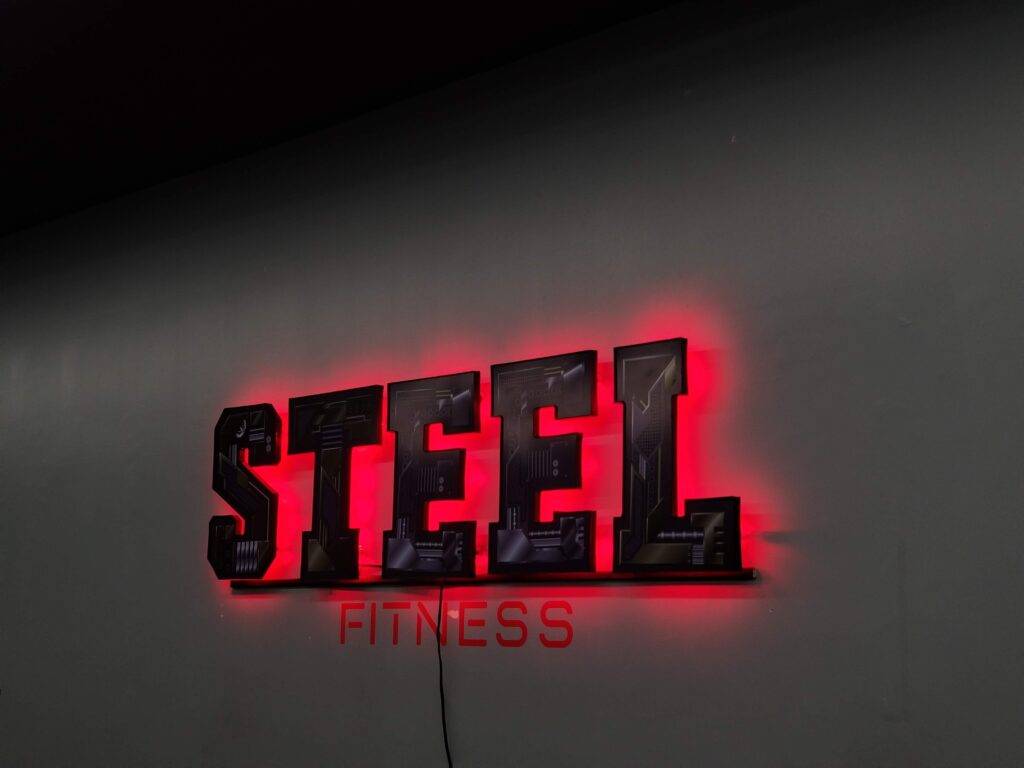Sign Illumination as a design aspect is frequently overlooked or overused, and can either improve the efficiency of the sign, or make it totally unreadable, and inadequate. I will present some standard details that will help the reader understand the relationship in between the architectural lighting of a specific project and lighting for signing and graphics in general for led signs.

Sign illumination is typically a practical element; it is a practical need, which we mainly take for approved. However, architects and sign designers also use light as a flexible style aspect. Light from different sources can help define kinds and areas and boost details. Synthetic light when used with some creativity can develop mental moods. Especially when utilized with vibrant walls, that can develop excitement, remarkable focus, and psychological warmth.
Important architectural projects are often floodlighted at night. A headquarters office building becomes part of the corporation’s public image, and proper outside lighting enhances that image. As well as the exterior sign lighting. Existing project lighting utilized to brighten finalizing aspects will work, if signs are properly created, and situated to benefit from it.
There are several basic lighting techniques, which relate to the illumination of outside finalizing for architectural projects. These are flood- or highlighting, ambient lighting, internal lighting, and external lighting and led signs. In some scenarios exterior signs or letters which are cast into the building wall or set flush with it can be illuminated by spill light from existing or supplemental floodlights. This is typically a proper and subtle way to identify dignified office complex.
Great care needs to be taken when floodlighting raised, three-dimensional letters of any density since shadows cast from the letters can disrupt legibility. Naturally, shadows cast by such letters is a typical problem in finalizing, whether brought on by floodlighting or the sun. Nevertheless, the designer can often conquer these challenging conditions by choosing the ideal product or finish. For example, aluminum or bronze letters installed on a dark granite structure will be rather clear under differing light conditions, if an intense satin surface is utilized. The designer needs to always keep in mind the specific ecological lighting when designing each led sign, changing the style, and lighting where possible to interact.
Significant identification signs for some projects are typically rather big and located in such a method that floodlighting must not be utilized. A “trough” is created to be recessed beside walkways and covered with a protective glass diffuser. This style offers an unobtrusive source of even lighting, which extends the complete length of the sign. Traditional spotlights would have produced locations, glare, and irregular illumination.

In the type of spill light from existing architectural lighting, ambient lighting may produce appropriate illumination for lots of pedestrian-oriented led signs. For example, the address numbers or recognition signs at a structure entryway can be brightened by spill light from overhead entrance lighting if colors and products of these signs contrast well with their backgrounds.
The intensity of ambient light often is a vital element. In parking area where existing light requirements may produce just a couple of foot-candles of lighting, parking entrance signs generally need internal illumination. Internal lighting of exterior signs is extremely typically essential to make them readable during the night or to provide special emphasis. We make all kinds of lighted signs, however, find that a lot of service’s will use lighted channel letter signs with internal lighting as their best option for reliable sign lighting.





